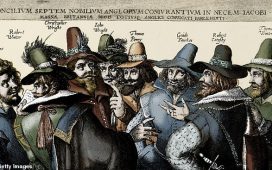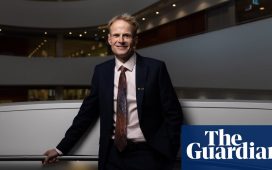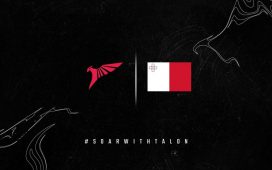The physicist Ian Shipsey, who has died suddenly aged 65, developed silicon devices of exquisite precision to study the debris from subatomic particle collisions and light from the edge of the universe. Using these devices, he played a major role in unlocking the secrets of the earliest fractions of a second of our universe.
Silicon devices also played a vital part in his everyday life. Rendered profoundly deaf after treatment for leukaemia in 1989, he received a cochlear implant 12 years later that allowed him to develop strategies to overcome this disability, to the extent that it often went unnoticed to interlocutors.
Ian thought deeply about physics, looking always for the key questions to further our understanding. He not only posed the right questions but developed the detectors to answer them. He pioneered experiments and techniques across different types of facilities in particle physics, including electron-positron annihilation at Cornell University in the US for two decades from the mid-80s and the collisions of protons at the Large Hadron Collider (LHC) at Cern, in Geneva, from the mid-2000s.
While remaining one of the leaders of LHC experimentation until the present day, he also devised novel silicon detectors to isolate excepti onally rare decays of the muon, the heavier sister particle of the electron.
Ian was always seeking applications of the instrumentation he developed beyond particle physics and led the application of silicon detectors to record light from the most distant visible objects in the universe. He was a pioneer both in the US and subsequently in the UK of the Vera C Rubin Observatory LSST camera, the largest astronomical camera ever constructed, which is about to become operational in Chile after a 20-year construction period. It will search for clues to the nature of the dark energy that constitutes most of the universe.
Towards the end of his career, Ian saw the potential of devices based on quantum entanglement – in which entities obeying the laws of quantum dynamics, such as atoms or photons, retain an interdependence even when widely separated – to address fundamental questions in science and computing. He steered several major new initiatives to success in highly competitive funding initiatives.
Born in Walthamstow, north-east London, Ian was the son of Mary (nee Barrett) and Edward Shipsey. From Cardinal Wiseman senior high school he went to what is now Queen Mary University of London, where he graduated in physics (1982). The first in his family to attend university, he took a break after beginning his studies and spent a year working for the Cyrenians, a charity for single homeless people.
Ian began research for his PhD at the University of Edinburgh working on an experiment at Cern, NA31, which examined decays of kaon particles. This gives information on tiny asymmetries in the laws of particle physics that may explain why the visible universe consists of matter, with no substantial antimatter. While at Cern, Ian met Daniela Bortoletto, a fellow physicist. They married in 1988 and maintained a lifelong collaboration both personally and in physics.
After receiving his PhD in 1986, Ian moved to the US, first to Syracuse University, New York, where he joined Daniela when she was studying for her PhD, and then in 1990 to Purdue University, Indiana, where both obtained tenure.
Ian became a leader of the Cleo experiment, studying the parameters that determine, among other properties, the “CP violation”, establishing a distinction between matter and antimatter, that he had first studied at Cern, but now in particles containing heavy quarks. In 2001, he was elected leader of Cleo for three terms, and he constructed his first silicon detector for the project.
It was as a pioneer in silicon detectors that Ian made his mark on LHC, first through his work concerning one of its detectors, the CMS, while in the US, and subsequently, after he moved to Oxford University in 2014, on CMS’s sister experiment, Atlas. Ian also made important contributions to physics analysis; at CMS on aspects of the quark-gluon plasma and at Atlas in studies of the properties of the Higgs particle.
Ian transferred his detector-development laboratory to Oxford, founding with Daniela a state-of-the-art silicon detector fabrication facility. He was deeply involved in constructing upgraded Atlas silicon detectors at the time of his death.
In addition to this enormous load of research, Ian was a dynamic head of the physics department at Oxford as Henry Moseley Centenary professor of experimental physics. His enthusiasm inspired more than 100 faculty members to new heights of achievement.
Ian was in great demand as a referee and adviser on international activities. His transparently scrupulous fairness led to his being elected to many positions by his peers. He was proud, as a naturalised American, to be elected chair of the division of particles and fields of the American Physical Society, of which he was a fellow.
He was awarded the James Chadwick medal of the Institute of Physics in 2019 and elected a fellow of the Royal Society in 2022.
His and Daniela’s woodland home near Purdue was a centre of laughter and hospitality for many friends and colleagues. He told the story of his triumph over his deafness and the redemptive nature of cochlear implants in a lecture that he gave many times around the world. A decade ago it moved the audience at the Oxford May Music festival, which I organise to bring together music, science and the arts.
Ian is survived by Daniela and their daughter, Francesca.














